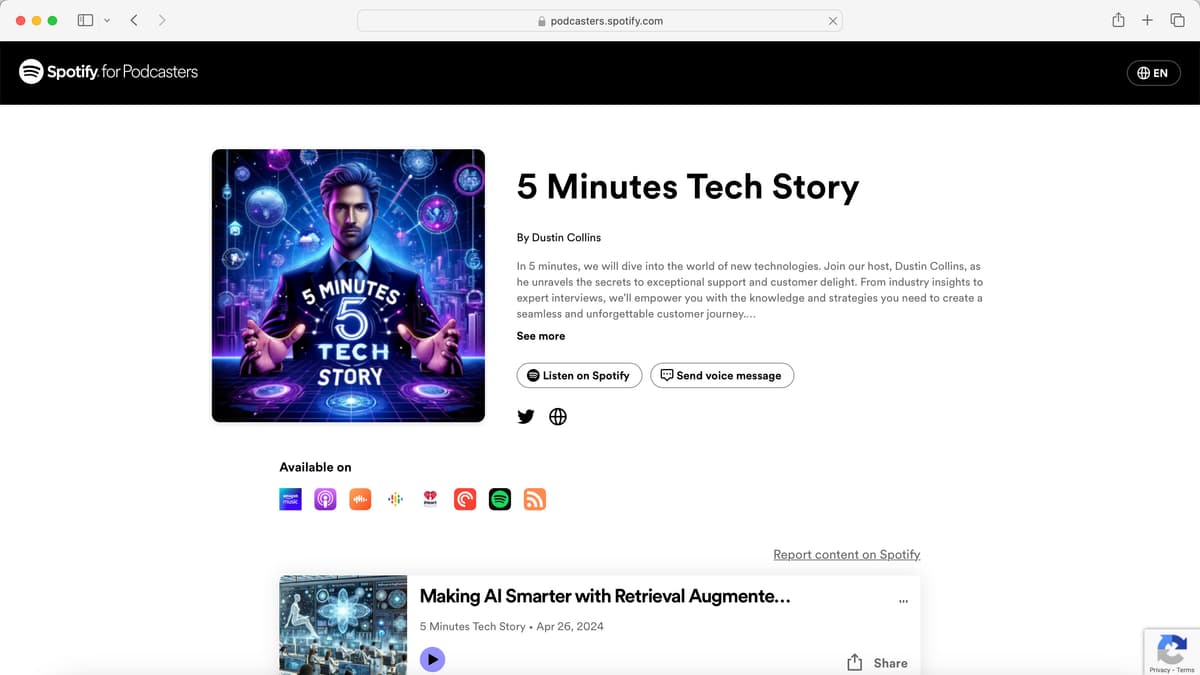Why Choose a Unified Model Over Multiple LLMs?
The development of large language models (LLMs) has created a variety of options for users. Each model has its strengths and weaknesses, which can make the choice overwhelming. Yet, embracing a single unified model offers significant advantages that can enhance efficiency, coherence, and overall performance in various applications.
Simplification of Choice
Choosing from numerous LLMs can lead to choice paralysis. With every model presenting different capabilities, features, and configurations, users often feel overwhelmed. This situation not only complicates decision-making but can also lead to dissatisfaction when a chosen model does not meet expectations.
A unified model eliminates this confusion. Users need to familiarize themselves with only one system, enabling faster adoption and a smoother learning curve. When there is a single model to rely on, users can focus on leveraging its capabilities rather than assessing numerous options.
Consistency in Outputs
One of the major drawbacks of selecting from various LLMs is the inconsistency in outputs. Different models may interpret the same query differently, leading to varied and sometimes contradictory results. This inconsistency can be problematic, particularly for applications where accuracy is critical, such as content generation or customer service.
A unified model provides a standardized approach to generating responses. Users can expect a certain level of consistency across interactions, which can enhance the reliability of the outputs. With a single model, organizations can enforce uniformity in communication, ensuring that customers and users receive coherent and predictable responses.
Streamlined Updates and Maintenance
When relying on multiple LLMs, maintenance becomes a complicated task. Each model may require different updates, performance tuning, and troubleshooting. Managing various models can stretch resources thin and complicate the support process.
A unified model simplifies maintenance. Updates, enhancements, and bug fixes can be applied uniformly, ensuring that all users benefit from improvements at once. This consolidated approach saves time and minimizes the risk of discrepancies between model versions.
Cost-Efficiency
Operating multiple LLMs typically incurs higher costs than maintaining one unified model. Each model may require its licensing fees, resource allocation, and support personnel. Organizations can quickly find themselves facing budget constraints when trying to manage several AI systems.
Investing in a single, unified model reduces overheads. Resources can be allocated more effectively, focusing on enhancing user experience rather than managing multiple frameworks. With lower costs, organizations can redirect funds toward innovation and growth.
Enhanced Collaboration
In many organizations, teams need to collaborate on projects that require AI-driven content generation or data analysis. When teams use different models, collaboration can become challenging. Disparate outputs can lead to misunderstandings and misalignments on project goals.
A unified model fosters collaboration by providing a common ground. Teams can work together more effectively, ensuring that everyone is on the same page. This alignment can significantly improve project outcomes and create a culture of shared learning and innovation.
Selecting from different LLMs may seem appealing due to their various capabilities, but the drawbacks often outweigh the benefits. A unified model streamlines choices, ensures consistency, simplifies maintenance, cuts costs, and enhances collaboration. Moving forward, focusing on a single, robust model could pave the way for greater efficiencies and improved outcomes across diverse applications. Embracing this approach can help organizations harness the full potential of artificial intelligence effectively.












